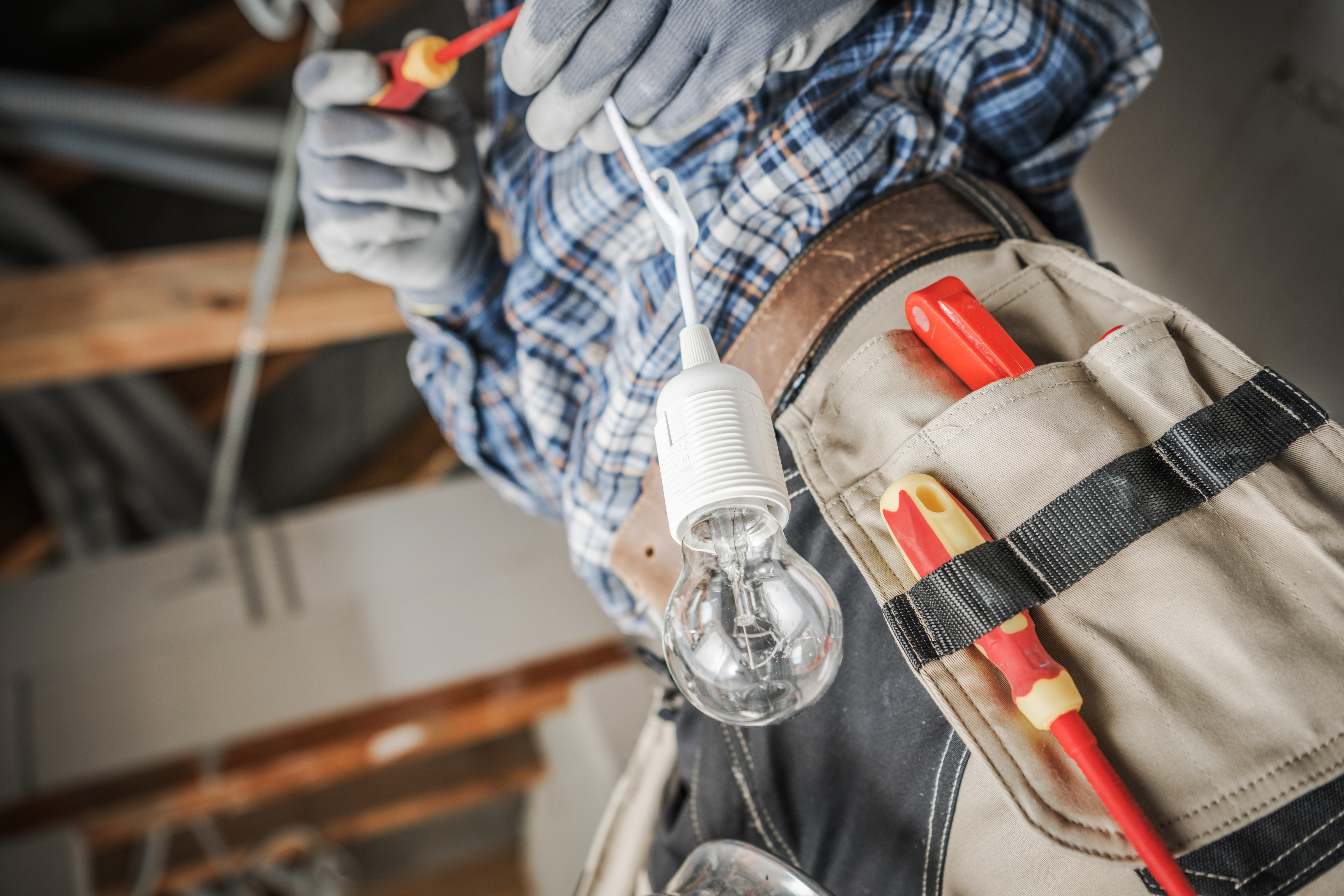Winter-Proof Your Home’s Electrical System with These Simple Steps
Winter’s chill brings more than frost—it can test your home’s electrical system in ways you might not expect. Neglecting winter electrical preparation can lead to outages or unsafe conditions right when you need power most. We’re here to help you winterize your electrical system with easy steps that keep your home safe and reliable all season. Let’s walk through what you need to know to protect your home before the cold sets in.
Inspect and Upgrade Your System

Before winter fully sets in, it’s crucial to ensure your home’s electrical system is ready to meet the demands of the season. By taking these steps, you can prevent unexpected outages and keep your home running smoothly.
Check Your Circuit Breakers
First, examine your circuit breakers. They are the heart of your electrical system, regulating the flow of electricity throughout your home. It’s vital to ensure they’re functioning correctly, especially with increased winter usage.
-
Test Each Breaker: Flip the switches on and off to confirm they’re not stuck. Ensure they’re labeled correctly for easy identification during an emergency.
-
Look for Signs of Wear: If you notice any burnt smells or scorch marks, it’s time to call a professional. These are warning signs that should not be ignored.
It’s worth noting that many people assume their circuit breakers are fine if they’ve never experienced issues, but regular inspections can uncover problems before they escalate.
Evaluate Electrical Outlets
Next, let’s focus on your outlets. Are they ready to handle the extra load of space heaters and holiday lights? Ensuring they are in good condition can prevent potential hazards.
-
Check for Tightness: Loose outlets can cause arcing, which is a fire hazard. Plugging and unplugging appliances should be smooth and secure.
-
Inspect Outlet Covers: They should be intact and not cracked or damaged. Damaged covers can expose wiring, increasing the risk of shock.
Most folks believe outlets are merely passive parts of their home, but they play a crucial role in overall safety. Regular checks can keep everything functioning safely.
Enhance Your Home’s Efficiency

Once your basic system is set, it’s time to enhance your home’s energy use. This not only reduces your bills but also lightens the load on your electrical system.
Seal Gaps and Cracks
Keeping warm air inside is more than just good insulation; it ensures your heating system doesn’t overwork itself. Sealing gaps can prevent drafts that make your system work harder.
-
Identify Common Leak Areas: Windows, doors, and around pipes are typical spots for leaks. You can use a candle to detect drafts—if the flame flickers, you’ve found a leak.
-
Use Caulk or Weatherstripping: These are simple fixes that can have a significant impact. Apply them to seal areas where air escapes.
Sealing gaps might seem trivial, but it can save up to 15% on heating costs, which adds up during the long winter months.
Optimize Heating Systems
Your heating system is likely the biggest energy consumer during winter. Optimizing its efficiency can make a noticeable difference.
-
Regular Maintenance Checks: Schedule a professional inspection before the cold hits. They can clean and tune-up your system, ensuring it’s ready for heavy use.
-
Smart Thermostats: Consider installing a smart thermostat. These devices learn your habits and adjust the temperature, saving energy without compromising comfort.
Many people think setting the thermostat higher heats the home faster, but it doesn’t. A consistent temperature is more efficient and reduces strain on your system.
Ensure Safe Electrical Practices

With the groundwork laid, maintaining safe electrical practices keeps your home protected all winter long. Safety checks are key to preventing accidents and ensuring peace of mind.
Swap Old Light Bulbs
Old light bulbs can be inefficient and unsafe. Switching to newer options enhances safety and reduces energy use.
-
LED Bulbs: These use up to 75% less energy than traditional bulbs and last longer. They’re cooler to the touch, reducing the risk of burns.
-
Check for Proper Fit: Ensure bulbs are the correct wattage for their fixtures. Using the wrong wattage can lead to overheating.
Most assume all bulbs are equal if they light up, but efficiency varies greatly. Making a swap could lower your winter electricity bill significantly.
Test Smoke and Carbon Monoxide Detectors
Finally, don’t overlook essential safety devices. Smoke and carbon monoxide detectors are critical, especially with increased indoor activity during winter.
-
Regular Testing: Test each device monthly. A simple press of the test button ensures they’re working correctly.
-
Replace Batteries: If the devices are battery-operated, change the batteries twice a year. An easy way to remember this is to do it when you change your clocks.
It’s a common oversight to neglect these detectors until they beep, but proactive checks can save lives. Ensuring they function properly is a simple yet crucial task.
By following these steps, you’ll be well on your way to ensuring your home is ready for winter’s challenges. Not only will these actions help you avoid emergencies, but they’ll also keep your household running efficiently. Stay safe, stay warm, and enjoy the peace of mind that comes with a well-prepared home.